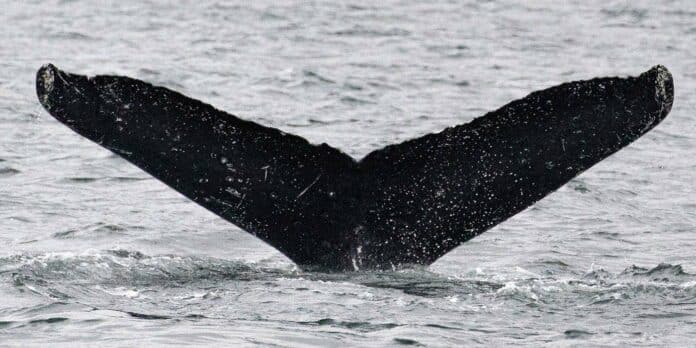The study of nonhuman animal signals challenges and informs our search for nonhuman intelligence with the ultimate hope of deepening the human-animal relationship. The diversity of nonhuman intelligence on Earth has been revealed in many observational and experimental studies over the past several decades.
Scientists from the SETI Institute, UC Davis, and the Alaska Whale Foundation had a special meeting with intelligent humpback whales. The Whale-SETI team is studying how these whales communicate to develop ways to find extraterrestrial intelligence.
A humpback whale by the name of Twain approached and circled the team’s boat in response to a recorded humpback “contact” call that was broadcast into the water via an underwater speaker. Twain also responded to the whale’s “greeting signal” in a conversational manner. Twain matched the interval variations between each signal and answered each replayed call during the 20-minute exchange.
Lead author Dr. Brenda McCowan of U.C. Davis said, “We believe this is the first such communicative exchange between humans and humpback whales in the humpback language.”
Co-author Dr. Fred Sharpe of the Alaska Whale Foundation said, “Humpback whales are brilliant, have complex social systems, make tools – nets out of bubbles to catch fish -and communicate extensively with both songs and social calls.”
The Whale-SETI team is researching intelligent, terrestrial, nonhuman communication systems to create filters to apply to any signals received from extraterrestrials, much like they study Antarctica as a stand-in for Mars. Scientists will use information theory mathematics to quantify communicative complexity (e.g., rule structure encoded in a received message).
Journal Reference:
- McCowan B, Hubbard J, Walker L, Sharpe F, Frediani J, Doyle L. 2023. Interactive bioacoustic playback as a tool for detecting and exploring nonhuman intelligence: “conversing” with an Alaskan humpback whale. PeerJ 11:e16349 DOI: 10.7717/peerj.16349
